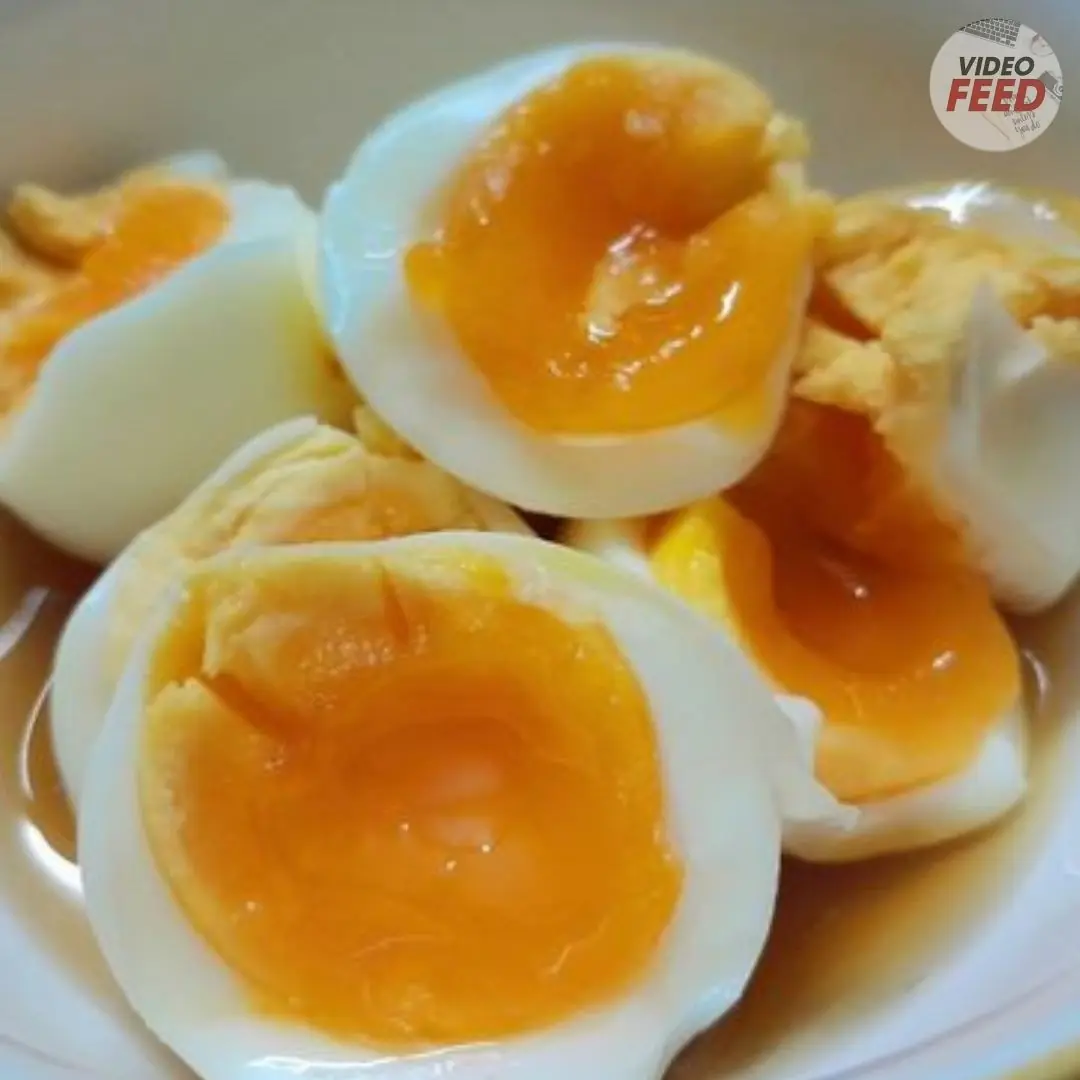
My Husband Praised Our Kettle—What I Discovered Gave Me Chills
My Husband Praised Our Kettle—What I Discovered Gave Me Chills
The story of our family’s kettle is a lesson you need to hear.
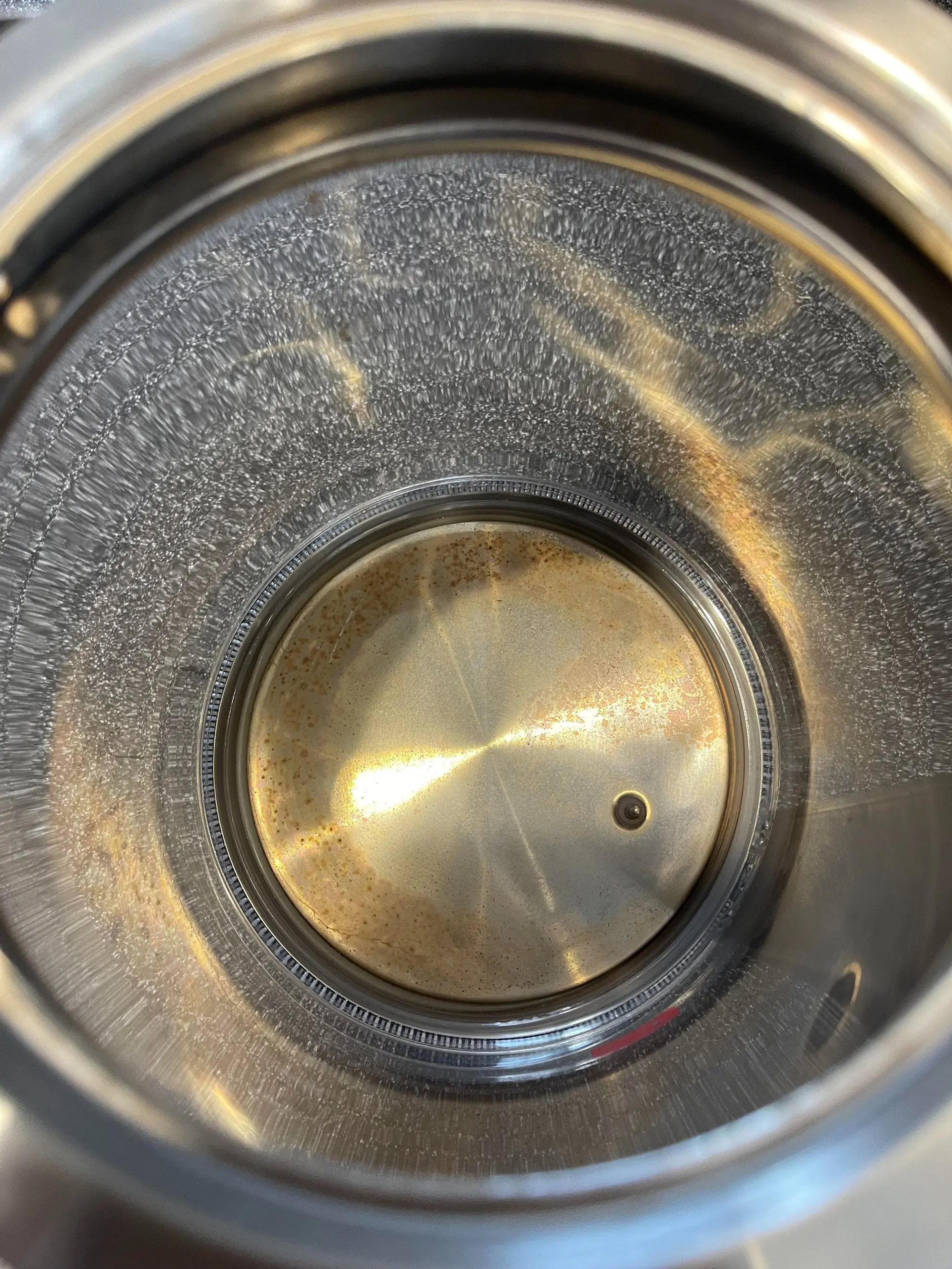
My Husband’s Compliments Made Me Suspicious
It all started last week when my husband kept raving about our kitchen kettle. He said, “I don’t know why, but the water boils faster and stays hot longer—makes the tea taste amazing!” I was happy to hear that at first, thinking he was just being observant. After all, we hadn’t bought a new kettle. This one had been in use for over a year—a basic stainless steel model from the local market, costing just over 200,000 VND (~$8).
But the more he praised it, the stranger it seemed. Boiling faster? Retaining heat longer? With this old kettle? That didn’t sit right with me. Since we boil water daily to let it cool for drinking, any issue with the kettle could be a serious problem. So, I decided to take a closer look at this so-called "miracle kettle."
A Chilling Discovery Inside the Kettle
That day, after my husband left for work, I took the kettle and inspected it thoroughly. From the outside, everything looked normal—some scratches on the stainless steel, but still shiny. However, when I opened the lid, poured out the water, and shined a flashlight inside, I froze.
The bottom and sides of the kettle were covered in reddish-brown rust spots. And not just a few tiny specks—there were large, peeling patches of rust! I scraped the surface with my finger, and tiny flakes of rust fell off. My heart dropped.
Turns out, the "fast-boiling" kettle my husband praised was actually corroding from the inside, exposing the cheap metal beneath the stainless steel layer. Every time we boiled water, rust particles were mixing into it. And we had been drinking it, making tea with it, even giving it to our child!
Panic set in, and I immediately called my husband:
"Stop drinking from that kettle—it’s dangerous!"
What Science Says About Rust in Kettles
To be sure, I did some research and found that this issue was more serious than I thought.
-
According to the U.S. Environmental Protection Agency (EPA), rust (iron oxide) from household items isn’t immediately toxic. However, if a kettle is made from low-quality stainless steel (not 304-grade), it could contain nickel and chromium, heavy metals that are harmful to health.
-
A 2020 study by the National Institutes of Health (NIH) found that long-term exposure to nickel in drinking water can cause skin allergies, kidney damage, and even increase the risk of lung cancer.
-
Excess chromium levels can affect the nervous system, especially in children.
-
Consumer Reports (USA) tested cheap stainless steel kettles in 2021 and found that 40% of them developed rust within 6-12 months, allowing heavy metals to leach into boiling water. The more frequently they were used, the worse the contamination became—exactly what happened with my kettle!
Why Did My Kettle Rust So Quickly?
I asked a friend who works in engineering, and he explained:
-
Cheap stainless steel kettles are usually NOT made of 304-grade stainless steel (which resists rust). Instead, they use 201-grade stainless steel or mixed metal, which corrodes faster.
-
Frequent boiling, especially in hot weather, speeds up rusting.
-
Tap water with chlorine also accelerates metal corrosion.
-
My husband noticed the water boiling faster because the rust layer conducted heat differently, but in reality, we were just drinking dirty water!
It was a classic case of "saving money only to pay more later."
What I Did Next
That very day, I threw the kettle away—no hesitation, despite my husband saying, “It still works fine!” I stood firm: “No, our health is more important!”
I immediately went to the store and bought a brand-name kettle made from 304-grade stainless steel. It cost more than 500,000 VND (~$20), but at least I had peace of mind. Now, I make sure to check the kettle regularly to prevent this from happening again.
Lesson Learned: Check Your Kettle Now!
Our experience is a real wake-up call. Don’t take your kettle for granted—do these simple checks today:
✅ Inspect the inside: Shine a flashlight inside. If you see reddish-brown stains, throw it out immediately.
✅ Choose high-quality kettles: Buy 304 stainless steel from trusted brands (e.g., Lock&Lock, Philips). Don’t go for the cheapest option!
✅ Clean regularly: Once a month, clean your kettle with white vinegar to remove mineral buildup and early rust spots.
✅ Replace every 2-3 years: Good Housekeeping recommends changing kettles every 2-3 years if used daily.
Final Thought: Don’t Let Your Kettle Poison Your Family
My husband’s compliments made me check the kettle, and what I found was terrifying. If I hadn’t looked, my family would still be drinking contaminated water every day.
So, take a moment now—inspect your kettle before it turns into a silent killer!
News in the same category


Europe’s Tech Awakening: How the EU Is Racing to Reclaim Its Digital Power

Here's why you should never sleep with a fan on at night

8 Foods You Should Not Combine With Chicken Meat — Everyone Should Know to Avoid Health Risks

A Builder’s Warning: Why You Shouldn’t Put a Bathroom Under the Stairs — Even With an Unlimited Budget
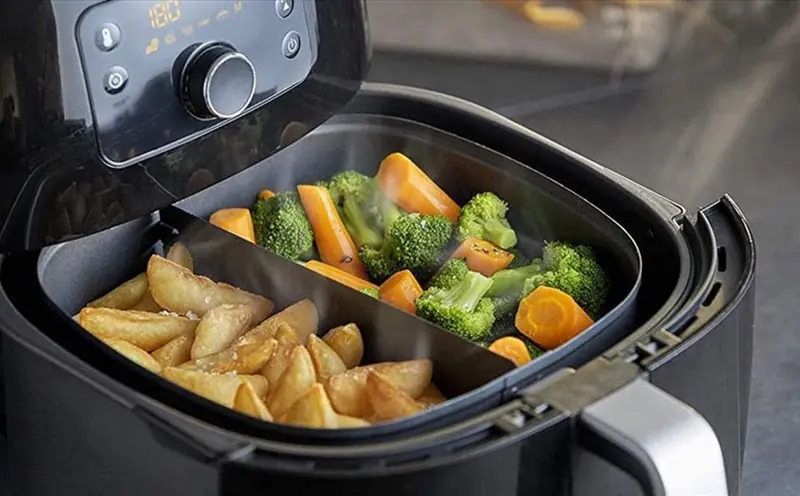
Air Fryers Are Convenient—but Never Use Them to Cook These Foods: The Complete List
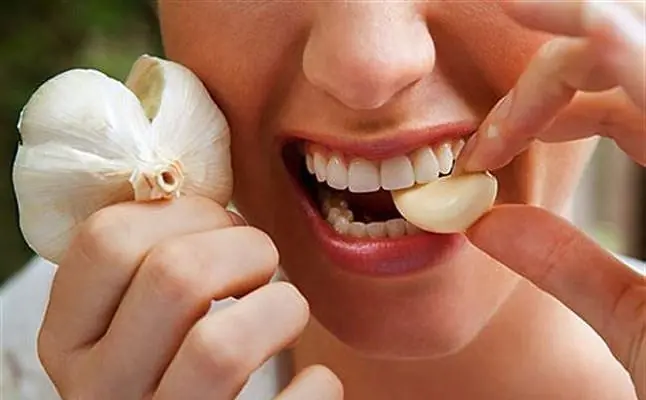
What Happens to Your Body If You Eat 1 Clove of Garlic Every Day?

So this is what it does, here is the answer
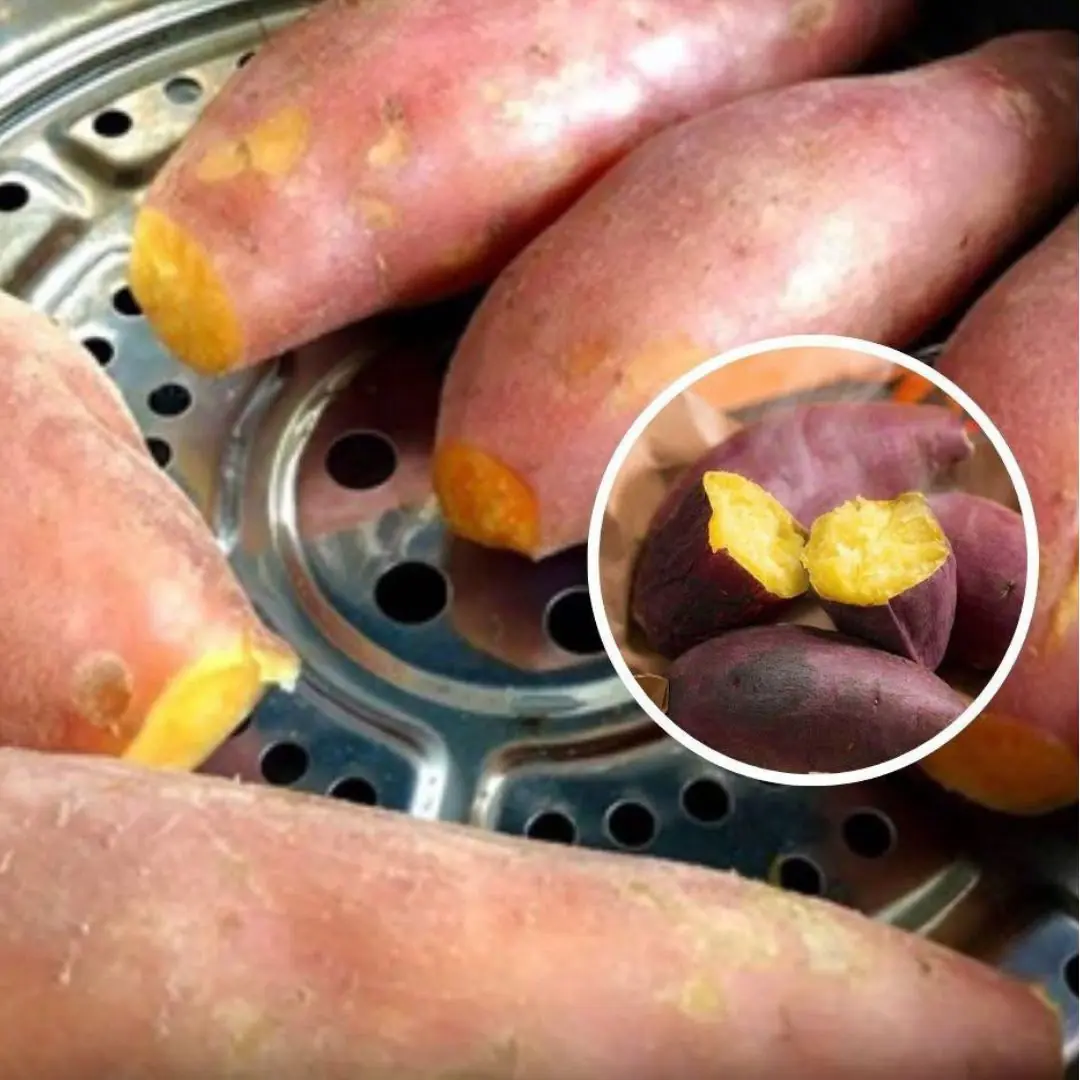
People Who Eat Sweet Potatoes for Breakfast Daily Notice These Changes

Study reveals what really happens to your body if you go in sauna directly after working out

Why are the toilets on the train connected directly to the tracks?
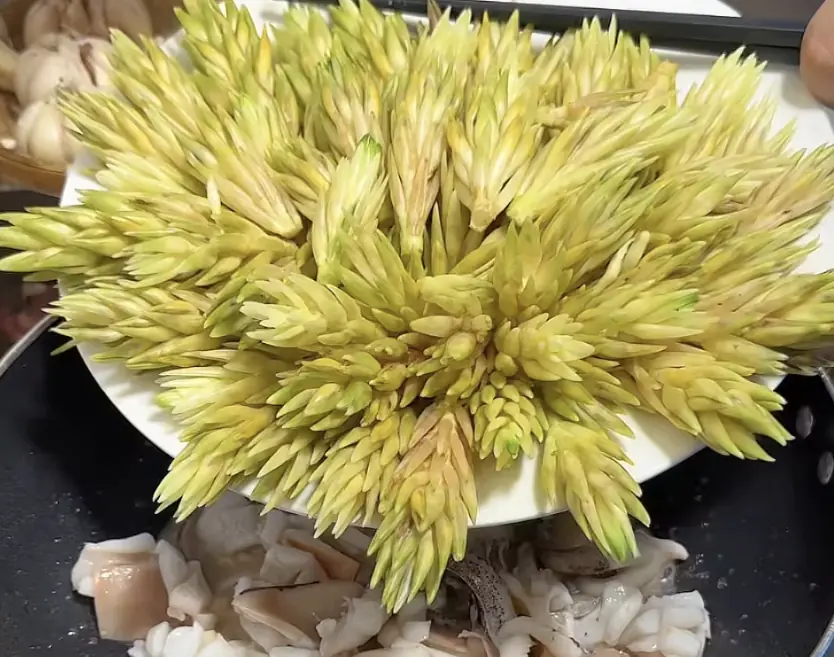
A Flower Once Thought Useless Turns Out to Be a Fragrant, Delicious Dish—Now Going Viral

These are the consequences of wearing used…

If you often notice ringing in your ears, this might be a sign that you will suffer from...

Many people don’t know what its purpose is used for

Why should you avoid showering, washing dishes, and doing laundry during a thunderstorm?

Calling all sweet potato fans!

Ever Wondered Why Hotels Put a Cloth Across the Bed? Here’s the Answer

Your Air Conditioner Has a Built-In Way to Indicate Low Refrigerant — Many People Never Notice It

Your Phone Has a Small Setting That Makes Charging Feel Much Faster — Without Harming the Device
News Post
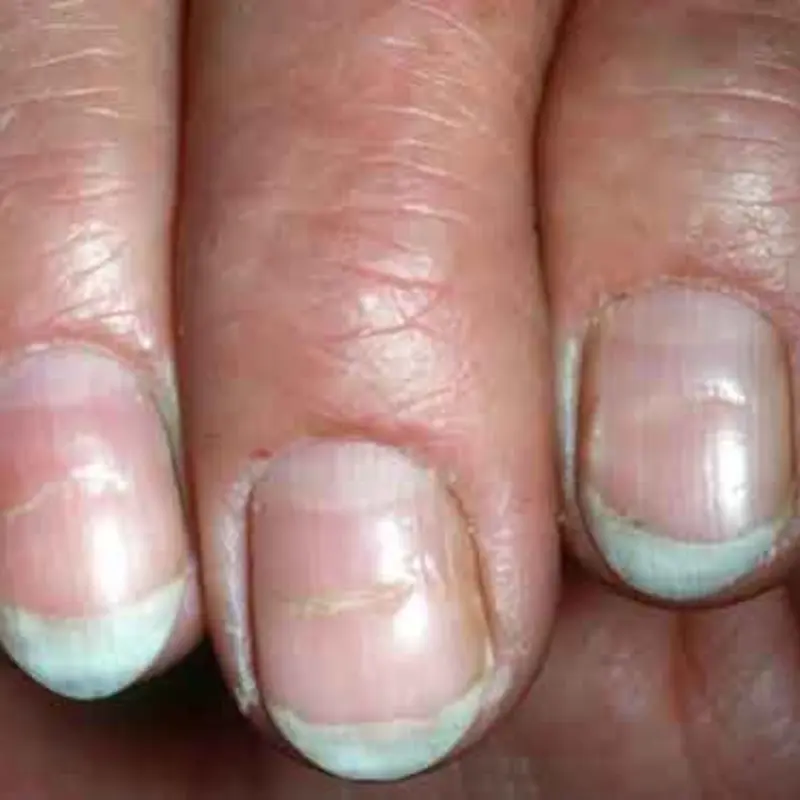
5 Dangerous Conditions Your Nails Could Be Signaling

Doctors Alert: Why Some Popular Foods May Carry Parasite Risks

Strawberry Pineapple Swirled Slushies

WARNING: These 3 signs on the shoulder are signs of malig:nant tu:mors, even ca:ncer, do not ignore them

Your liver will be healthier when you combine the following foods

6 foods that silently drain calcium from your body
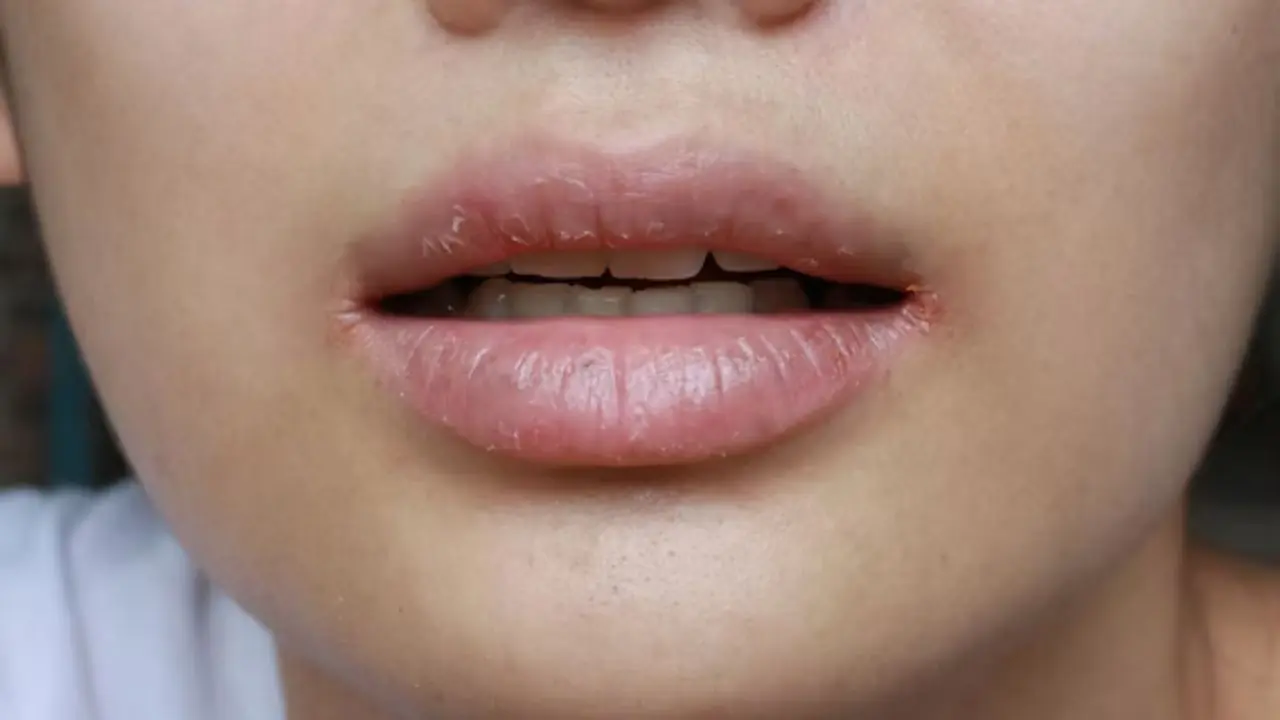
People whose mouths feel dry at night need to know these 8 possible reasons

Não ignore estes 7 sintomas matinais - eles podem estar ligados ao câncer

Cube Steak with Onion Gravy

Eat 4 foods on an empty stomach in the morning to help clean the intestines, improve digestion and prevent can.cer

What does having cold hands and feet indicate?
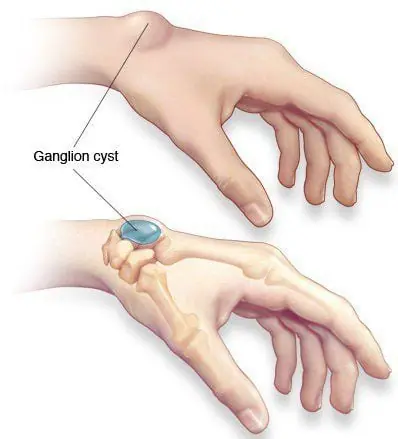
An unusual lump or bump appears on the wrist: Don't ignore it, as it could be a warning sign of a serious illness

A healthy 22-year-old man suddenly discovered da.nger.ous tu.bercu.losis from a sign that many people ignore
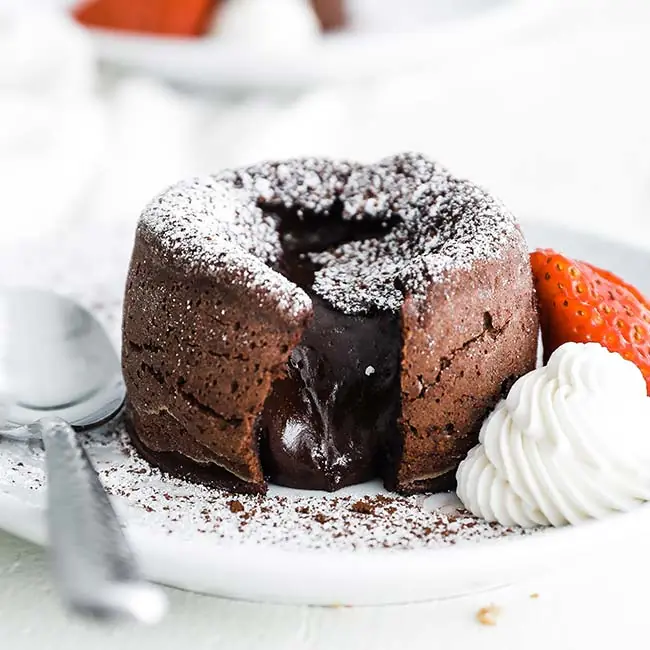
Chocolate Lava Cake
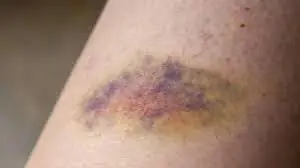
Bruises on the body - a warning that you may have a problem

Spicy Beef Noodle Bowl with Chili Oil

Yogurt and Fruit Parfaits

People with calcium deficiency often experience these 7 signs. Check now to see if you have them
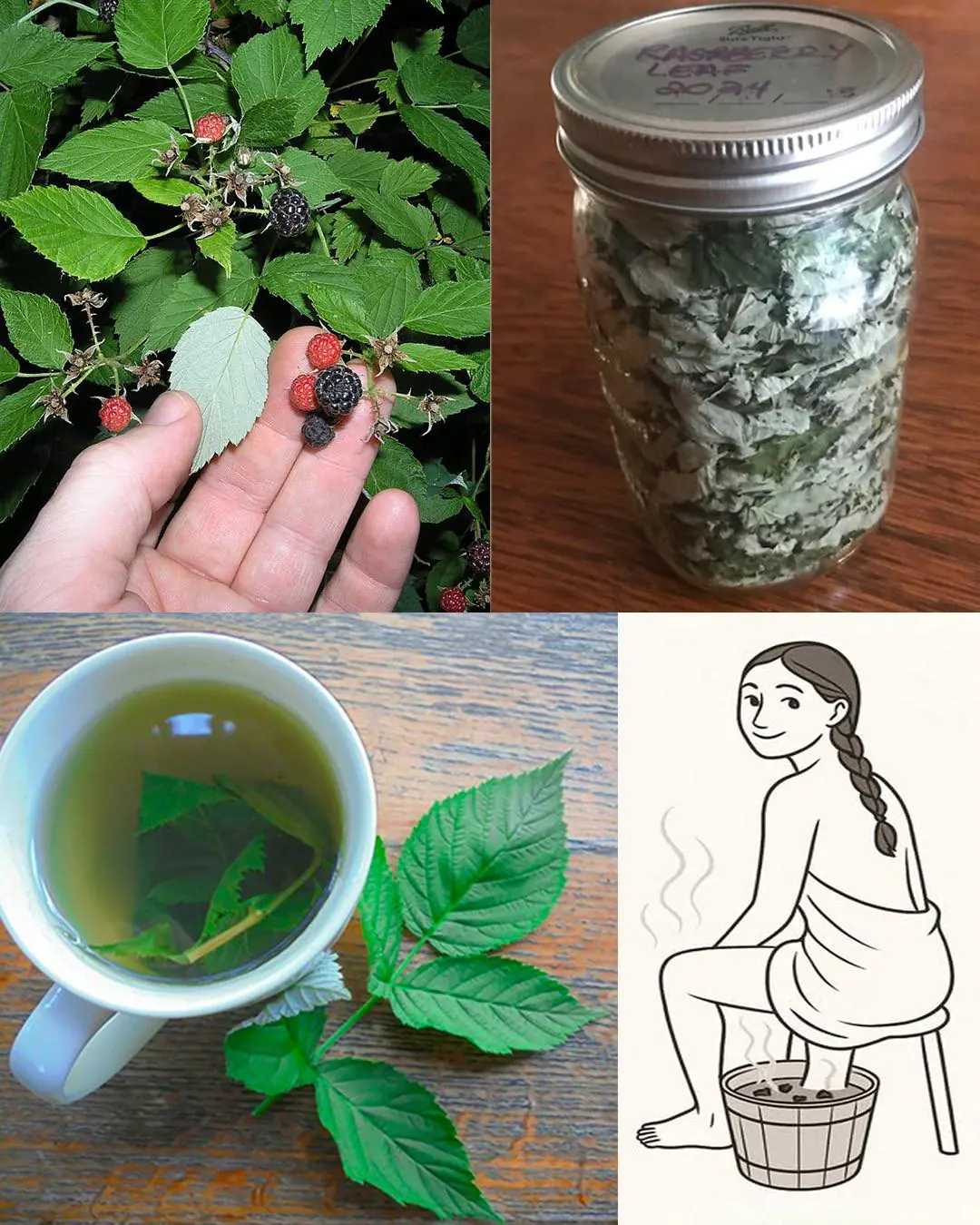
The amazing hidden power of raspberry leaf you may not know
